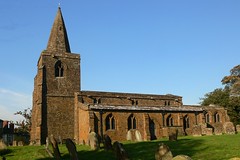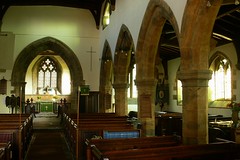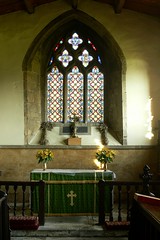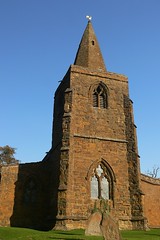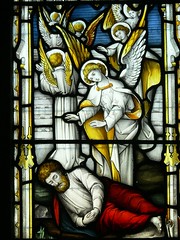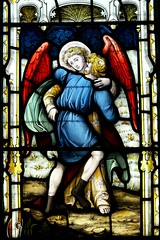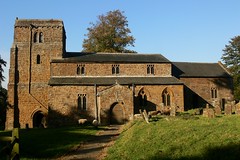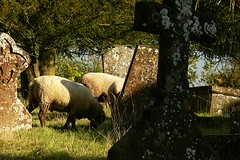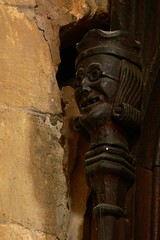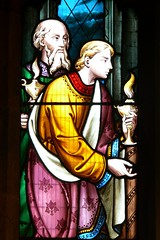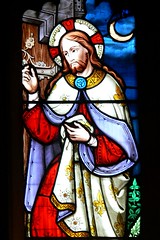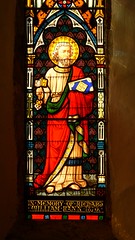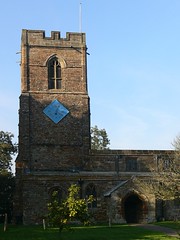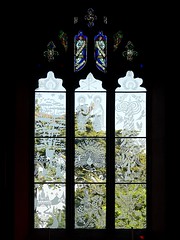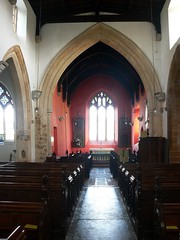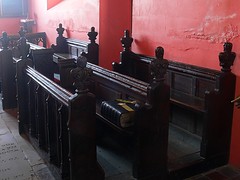Parts of St. Peter’s church are early 12th century, with the tower being added in the later part of the century, the church was valued at £10 in 1291.
By the late 15th century the medieval village was deserted. The Public Records Office has a document from 1498 where a jury states that 60 occupants of the village were driven out:
weeping to wander in idleness…[and] perished of hunger.
A Social History of England, 1200-1500 (p127)
The modern village dates from the mid Victorian period.
The village and estate is owned by the Spencer family. Wormleighton was the former manor house for the Spencer’s. They were owners in 1469 and bought the lordship of Wormleighton from the Copes in 1507. Their money came from sheep farming, and by the 1600s the estate had some 20,000 head.
From the early 13th century churches installed a rood (choir, or chancel) screen to separate the congregation from the clergy. This followed the following the exposition of the doctrine of transubstantiation at the fourth Lateran Council of 1215, after which the clergy were obliged to protect the sacrament from irreverant access or abuse. Prior to this period the chancel had curtains which were drawn across the altar at specific points in the Mass. However, the nave of the church was often used for secular activities and some permanent division was felt necessary.
This particular screen is from the 15th century ornately carved and hidden high up on the left hand corner is a carving of a man wearing spectacles.
The plaque above the door is a memorial to Diana Spencer.
The Victorian glass below is set into a 13th century lancet window at the western wall is dedicated to Richard William Rann. The stained glass window above is set into the 14th century south wall. However, the glass itself is Victorian and was dedicated to Rev. Robert Maynard (1814-1869), who was parish priest at Wormleighton for 27 years.
The floor of the nave contains medieval tiles, one of which has the impression of cat paws.
Tags: peter, stained glass, tower
